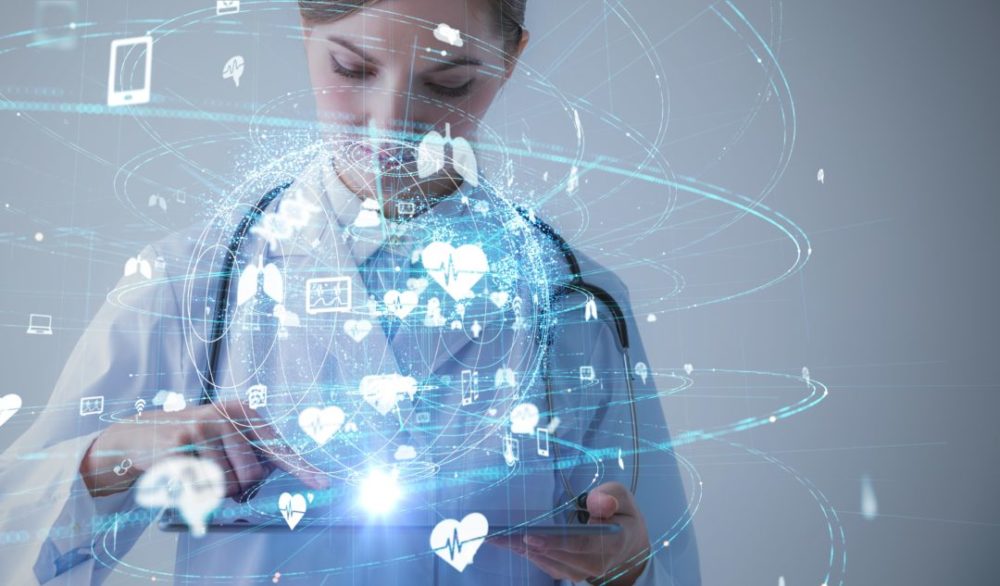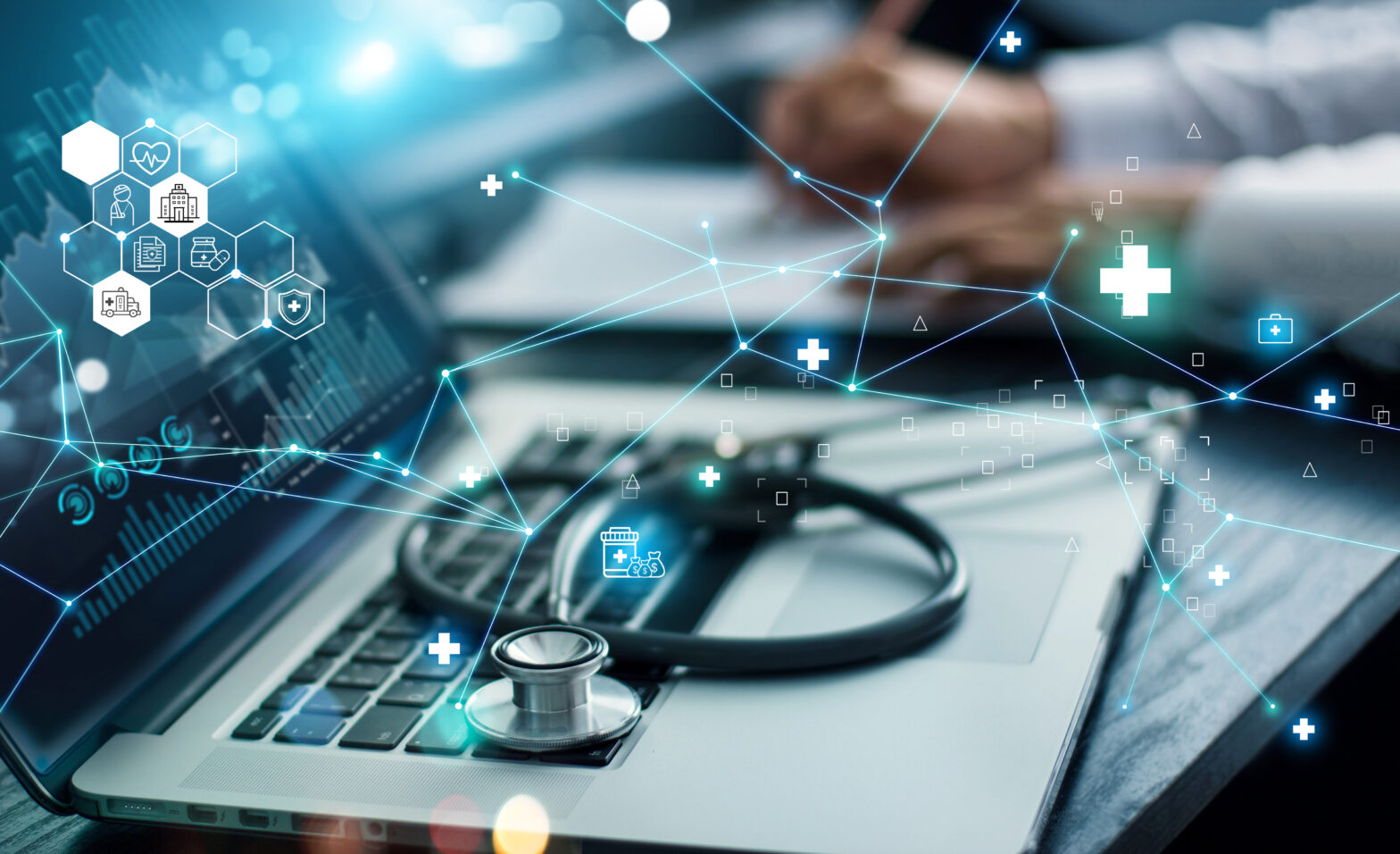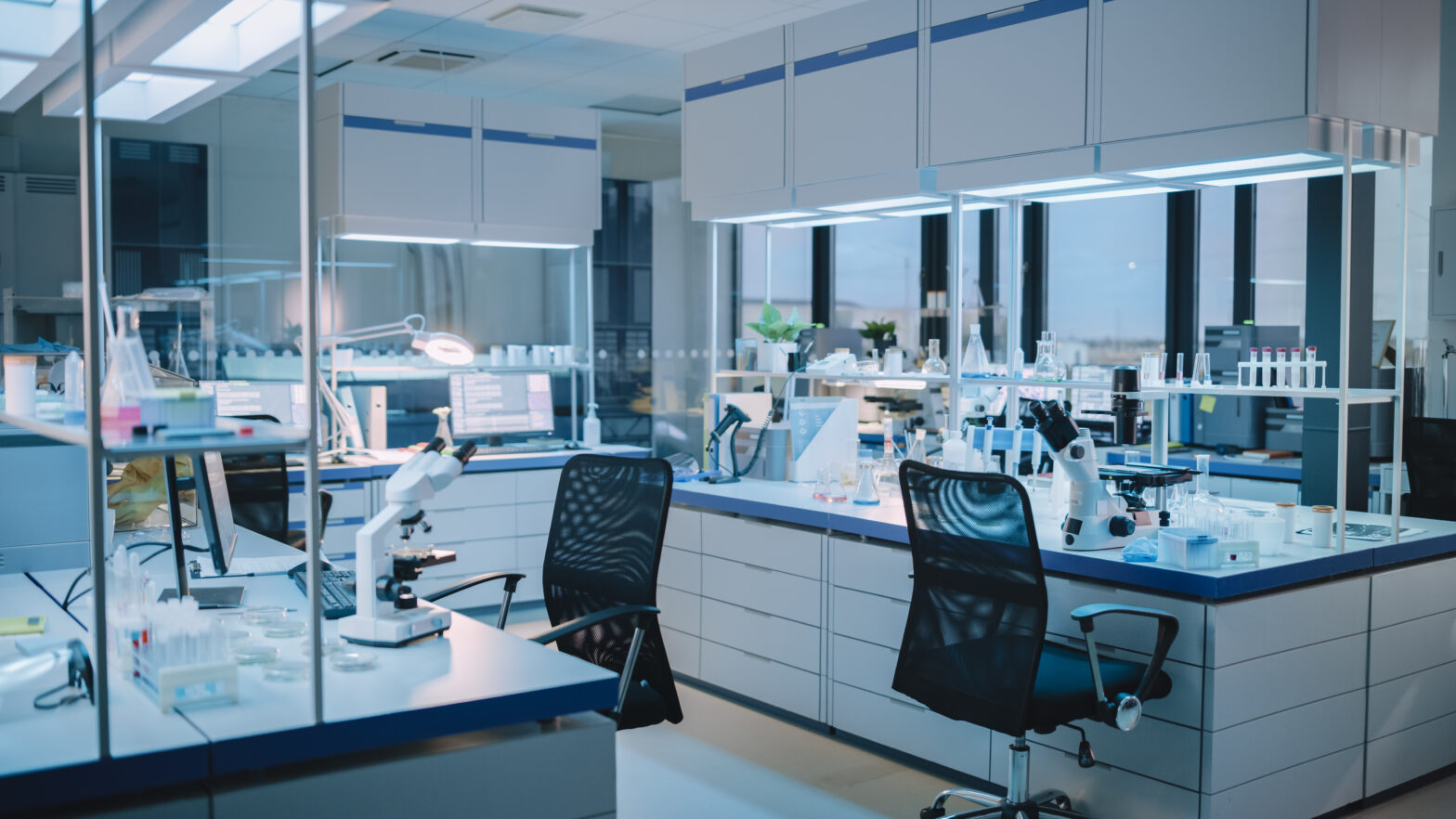Medicine and healthcare have always been at the forefront of emerging technology. The desire to heal has driven advances in human knowledge and achievement since time immemorial, and medical science has always aligned with technological revolution. The Internet of Things (IoT) has massive potential for bringing diagnostics and disease management into the modern age, empowering the user and enabling truly person-centred care. Internet of Medical Things (IoMT) devices in the home and in hospitals are already being used to improve safety and efficiency in social and health care.
IoT in the home – improving health and social care
IoT enabled devices around the home are already invaluable in managing conditions and monitoring vulnerable people. Falls are acknowledged to be one of the biggest determiners of mortality and morbidity in older people and solutions have been mooted since long before IoT. Now sensors are available for those at risk of falls and injuries in the home to alert a remote responder. At their simplest, these can raise an alarm when someone gets out of their chair, or can more subtly monitor someone’s gait, movement, and risk factors around the home. This technology must, of course, be non-intrusive, and maintain the client’s privacy and dignity – it would be decided on a case-by-case basis whether the risks to the vulnerable person’s health are serious enough to warrant more invasive monitoring like cameras, and consent will be a key issue. The response to any problems identified would be dependent on the availability of carers – whether from a professional team or local friends or family – to check on the vulnerable person.
AI and IoT: two sides of the same coin
Smart, remote monitors for diagnostics and management
Wearable and implantable devices in healthcare are nothing new, with remote heart monitors in use since the early 1960s. Until very recently, these have been the exclusive domain of experts, with availability and interpretation under the control of clinicians. The availability of accessible, affordable diagnostic technology has seen massive uptake, especially in the form of wearables like Fitbit. People are taking control over their health monitoring on an unprecedented scale, giving individual users access to continuous monitoring and diagnostics. This, in turn, has created a massive dataset of real-time monitoring, which has the potential to be available to researchers and to expand the remit of clinical research on an unimagined scale. This is subject to researchers’ ability to gain informed consent on a massive scale. Whether in the control of professionals or the individual, the availability of remote diagnostic tools can only improve the speed and reliability of diagnoses.
Having diagnostic information at their fingertips can enable the patient to follow medical plans tailored to reflect changes in their condition and allow self-management, avoiding hospital admissions. Patients with heart failure, for example, have in the past been taught to weigh themselves regularly to identify trends in fluid retention, which can inform treatment. Add smart scales into this situation, relaying information to a medication chart in their smartphone, which can change the recommended dosage of appropriate drugs according to parameters pre-set by the patient’s consultant. If the trends don’t improve, this technology could recommend further changes. If the patient’s results at home hit certain parameters, they could be escalated to a virtual clinic and timely professional consultations could prevent unnecessary deterioration or hospital admissions. Virtual clinics are already saving clinical time and improving patient engagement and outcomes.
The virtual clinic
Information gained from smart monitors can inform medical management without the time and hassle of traditional appointments. With patient observations such as blood pressure and heart rate and rhythm available to clinicians in real time, a phone call or online consultation can be enough to guide specific patient care. Changes to medications can be instantly sent to pharmacists and delivered to the patient the same day. The IoMT means almost instant responses to unwell people in their own homes. It means effective prioritisation of the sickest or vulnerable. Even in hospitals, virtual clinics enable timely consultations with experts around the globe. It can mean seamless collaboration from large multidisciplinary teams and access to any specialists.
Fitbit: from start-up to global health phenomenon and lifestyle choice
IoT in hospitals
The IoT is likely to reduce hospital admissions by enabling closer monitoring in the community. For the staff and patients in a hospital, it can allow more efficient, effective monitoring and reduce the potential for human error. Where patient observations – blood pressure, heart and respiratory rate, temperature, fluid balance etcetera – have traditionally been noted on paper, and relied on the judgement of the individual to escalate worrying trends to appropriate staff, these can now be instantly recorded and globally available to staff carrying IoT devices like smartphones. Protocols can be enabled and adapted to individual patients to alert different teams depending on results. Intraoperative observations, laboratory findings and electronic medication charts can alert staff that, for example, the drug they’re about to give is contraindicated by the patient’s most recent observations or blood results.
Patient empowerment
With greater individual control over the data gathered by remote diagnostic devices, the role of the healthcare professional is set to change from a position of control, the bearer of arcane professional knowledge, to that of a consulting expert in a much more balanced relationship with the patient. The IoT and the wealth of online information means the patient has control, not only of data gathered from their own body but of the knowledge needed to interpret their findings. It has become a point of conflict; the expert is pitted against search engine misinformation. The role of the clinician, therefore, in this new cohesive approach to diagnosis and management, is to enable the patient to become expert in their condition by curating the information they access, and recommending ways of identifying evidence-based sources.
Laying the foundations to future-proof our NHS and power UK HealthTech
The future of IoT in healthcare
Emerging technology looks set to revolutionise the face of healthcare in every way we can imagine, and probably some that we can’t. IoT devices promise improved early diagnostics and treatments tailored to the individual’s needs at that precise moment in time. As always with new technology, especially in healthcare, there are concerns which need to be addressed. The relay of incredibly sensitive information must meet with stringent security and privacy regulations, and technology like cameras in the homes of the vulnerable meets with ethical concerns. The reliance on IoT devices to manage disease and safety means that device or information relay malfunction could be catastrophic; a robust self-debug and diagnostic protocol for any device would be paramount. A new type of contract incorporating healthcare professionals, highly advanced health technology, and the expert patient has the potential to blur lines of responsibility and accountability, and while some will embrace modern technology, there will always be those – both from the professional and public arenas – who will be reluctant to engage with the IoT, especially where health is concerned.
Remote monitoring and disease management are set to become nearly ubiquitous, and the IoT will enable patients with chronic conditions to be monitored at home almost as closely as they would be in a hospital. This is clearly beneficial for healthcare providers and patients alike, freeing up time for true emergencies and ensuring treatment is based on the current condition of the patient. The virtual clinic, responding to real-time information, means a reduction in waiting times, costs, travel and home visits. The IoT will ensure significant streamlining in healthcare, meaning the best possible results for everyone.







